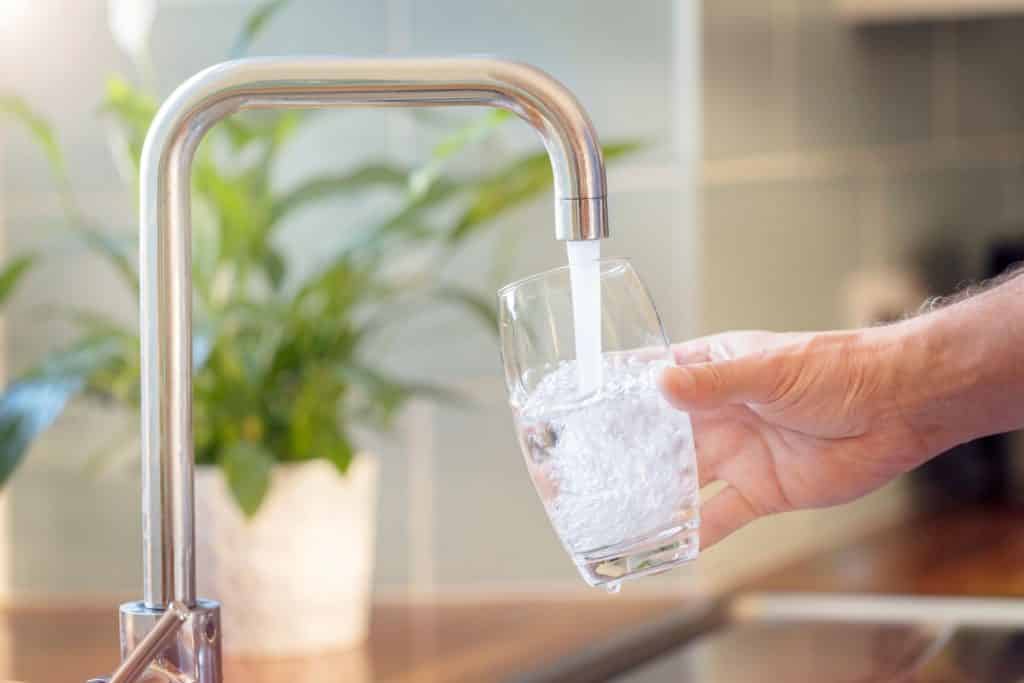4 Ways To Fill Up Your Water Intake
Call it a simple by-product of science, but what we take in as liquids determines what comes out as solids. That is why water is so important for the gastrointestinal (GI) system. 
As much as 60% of adult bodies are made of water. And as it courses through your body, water breaks down foods and transports proteins and carbohydrates in the bloodstream. It flushes waste out of the body via the kidneys, and it regulates metabolism. In fact, being just 1% dehydrated can cause a drop in metabolism.
Dehydration also can cause a range of GI issues, such as bloating and constipation, or worse: prolonged dehydration can contribute to kidney or bile duct stones because calcium and other minerals become concentrated and crystalize.
Tapping Into Hydration: 4 Sip Tips, and 1 Myth
Really, we should think of water as one of the most accessible preventive sources for a range of GI issues. If you or a loved one has trouble making a habit of it, here are four easy tips for sipping more H2O.
- Sip Tip 1: Multitask with solid hydration. Fruits and vegetable are high in water, so eating them serves the dual purpose of nourishing the body with vitamins and minerals while also hydrating. Those with high water content include melons, peaches, oranges, cucumbers, tomatoes, lettuces, and celery.
- Sip Tip 2: If it’s hard to swallow, get bubbly. Carbonated, or sparkling, water has been shown to improve the ability to swallow, an important benefit to those wo have gastroesophageal reflux disease (GERD) or other swallowing disorders. In one study, 63% of participants said the ability to swallow was easier when drinking very cold carbonated water. (Icy cold water also can stimulate metabolism as the body works to warm the water.)
- Sip Tip 3: Think about a bigger glass. While the common rule has been to drink eight glasses of water a day, the figure can vary depending on weight and activities. Instead, adults should drink half an ounce to one full ounce of water for every pound they weigh. Exercise and environment will influence that figure – those in hot climates and who exercise often may require more.
- Sip Tip 4: Make it count for you. Keep one to three water bottles in the fridge. This will make it easier to keep count of consumption and ensure cold water is always ready. Those who don’t care for the taste of plain water can add sliced oranges, limes, or other citrus to infuse the water with their flavors and nutrients. At the end of the day, keep a bottle by the bedside.
- And 1 Myth: You can hydrate from the outside. Yes, bathing helps hydrate skin. However, liquid cannot enter the body through the skin because skin is made of water-resistant tissue (stratified squamous epithelium). Baths can prevent dehydration in high heat by cooling the body temperature, however, and they can improve blood circulation to aid digestion. So take a soak, but keep a glass of water by your side.
Water, Water Everywhere, But How Much is Enough?
One way to test whether you’re getting enough water is by checking the color of your urine. If it is light and odorless, you should be well hydrated. Urine that is golden and smelly is a red flag. Also, if you (or a loved one) suffers from constipation, bloating, or acid reflux (GERD), it may be due to a lack of water and may be time to see a gastroenterologist for care.
If you are well-hydrated, then ensure the ones you love are well-hydrated too. Just share this rule of thumb for “solid’ digestion: Drink water as soon as you feel thirsty. And make it a habit.
